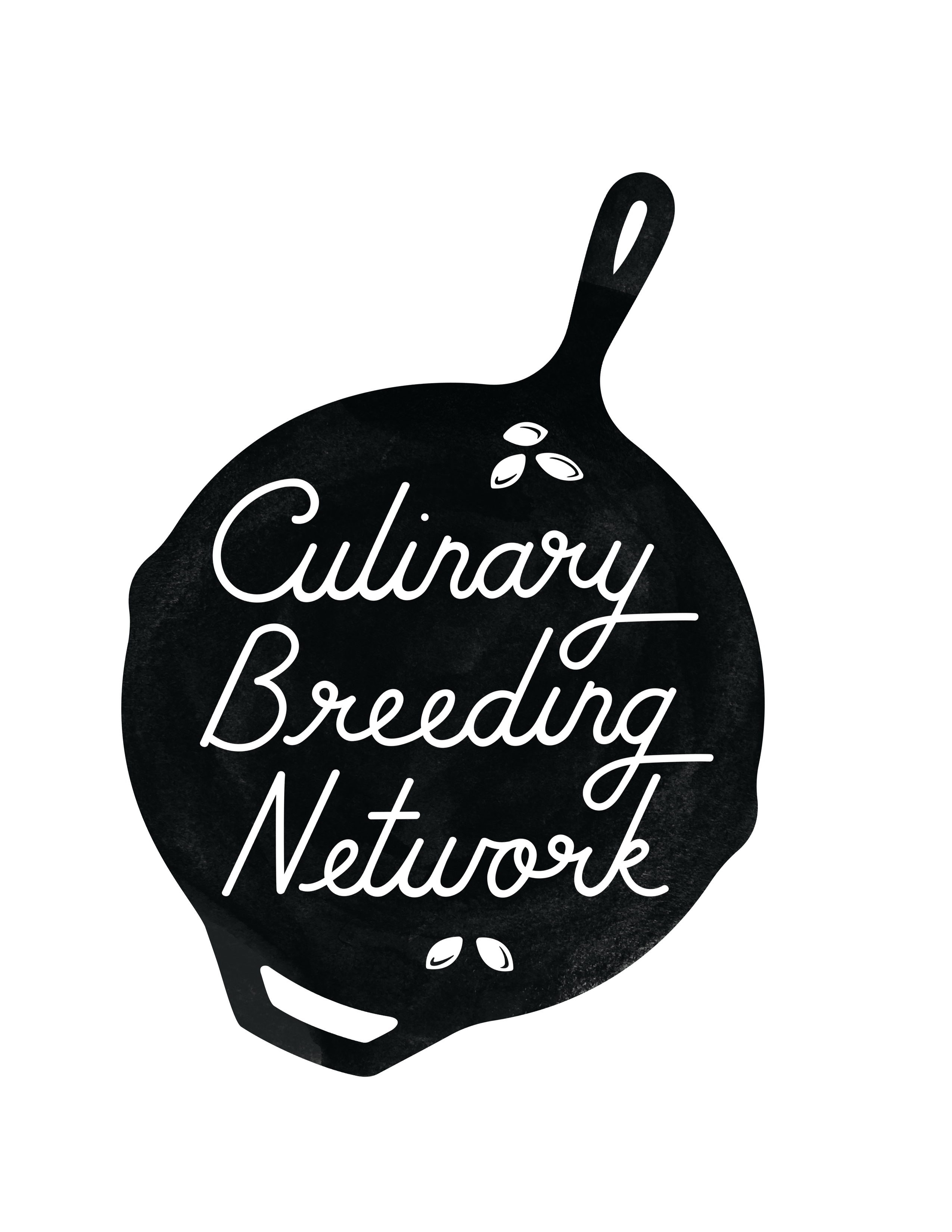Traditionally grown in the region around Rome, puntarelle is unique among the chicories in that it is the young, hollow bolting shoots that are usually eaten rather than the leaves. They grow into dense beautiful “heads” (referred to as “pigna” or pinecones in Italy) with many points that, upon harvest, are separated, julienned into thin strips, and soaked in cold water to remove some of the bitterness while developing an elegant curl. In Roman markets vendors can be found prepping the greens using a taglia puntarelle, a tool consisting of a fine wire grid which the stems are pushed through to finely slice them for soaking. The texture is crisp and crunchy with the lovely refreshing bitterness of its radicchio siblings. In Rome, Puntarelle alla Romana – thin strips of puntarelle in an anchovy, garlic, vinegar, and olive oil dressing – is a quintessential winter salad. It’s mainly a winter vegetable there, but because bolting is triggered by photoperiod (day length, or more accurately night-length); it generally heads much earlier at our more northerly latitude, usually between mid-October and mid-November. 90-110 days. Photo and text courtesy of Uprising Seeds.
Gusto Italiano Project is a collaboration between Culinary Breeding Network, Uprising Seeds and northern Italian vegetable breeders at Smarties.bio. The project was born from a mutual love of radicchio and a desire to further establish it as an anchor of the fall and winter produce season here in North America, and specifically the Pacific Northwest. This special line of certified organic radicchio and regional specialty Brassica seeds was bred and grown in Italy by the incredible folks at Smarties.bio. Based in Chioggia, the heart of radicchio’s motherland, Smarties.bio exists at the crossroads of tradition and innovation by bringing years of modern breeding experience to classic, culturally significant vegetables of their region.
More information can be found on the following:
www.culinarybreedingnetwork.com





Reviews
There are no reviews yet.